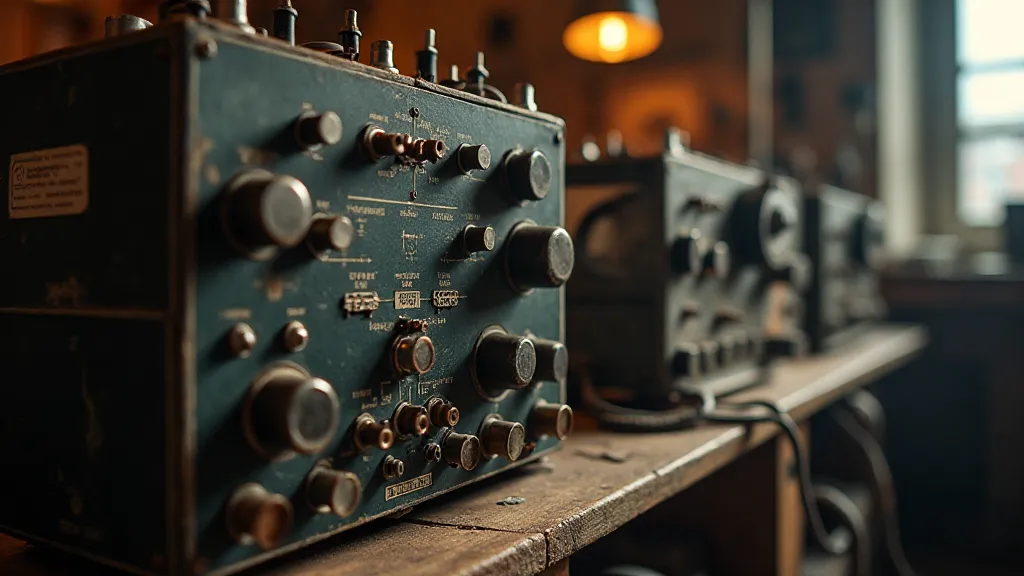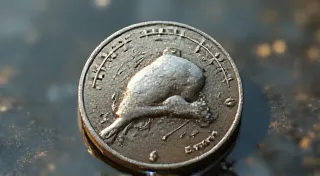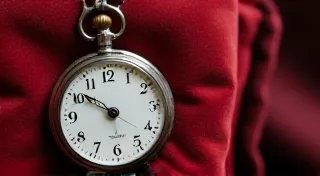The Clockwork Heart of Broadcasting: How Tube Testing Keeps the Past Alive
There's a certain romance to the hiss and crackle of a vintage radio. It's more than just static; it’s the echo of a bygone era, a whisper from families gathered around a single source of news and entertainment. These weren't sleek, digital devices; they were handcrafted works of art, powered by the magic of vacuum tubes. And those tubes, vulnerable and complex, are the clockwork heart that keeps the past alive. Without diligent and accurate testing, these masterpieces fall silent.
I remember the first time I encountered a true antique radio. I was a young boy, visiting my grandfather’s cluttered workshop. Amidst the scent of oil and sawdust, this massive, cathedral-like radio sat on a sturdy wooden table. It wasn’t playing; it hadn’t in decades. But something about its sheer presence, the polished wood, the intricate dial face, and the rows of glowing (when it worked, that is) vacuum tubes ignited a spark of fascination within me. My grandfather, a man of few words but immense skill, began to explain the inner workings, the fragility, and the critical role of the tubes themselves. That’s when I understood that preservation wasn’t just about cleaning and polishing; it was about understanding the technology and ensuring its continued function.

The Golden Age and the Rise of the Tube
The vacuum tube, often called the “electron tube,” revolutionized communication in the early 20th century. Before transistors, these glass enclosures were the backbone of radio broadcasting, early televisions, and even computers. Imagine a world without instant communication, where news traveled at the speed of a telegram! The development of the Audion tube by Lee de Forest in 1907 was a pivotal moment, allowing for amplification of radio signals and opening the door to widespread radio broadcasting. Suddenly, voices and music could be transmitted across vast distances, uniting communities and shaping culture.
The 1920s and 30s witnessed a boom in radio ownership. Families would gather around these magnificent pieces of furniture, listening to everything from baseball games to presidential addresses. These radios were more than just appliances; they were central to family life and community connection. And powering this phenomenon were legions of vacuum tubes – each meticulously manufactured, each playing a crucial role in the overall performance.
The Silent Demise and the Urgent Need for Restoration
The advent of the transistor in the late 1940s began to eclipse the vacuum tube. Smaller, more efficient, and more reliable, transistors quickly took over, rendering tubes largely obsolete in many applications. Millions of radios were discarded, gathering dust in attics and basements. Many families simply forgot about these treasured possessions, unaware of the intricate technology hidden within.
Now, decades later, a new generation is rediscovering the beauty and historical significance of these vintage radios. But time and neglect take their toll. Vacuum tubes, susceptible to aging and degradation, frequently fail. This isn't simply a matter of convenience; it's a loss of history. A silent radio is a story untold, a connection severed.
The Art and Science of Tube Testing
Testing antique radio vacuum tubes isn's as simple as plugging them into a modern multimeter. Early tube testers were often complex electromechanical devices, painstakingly engineered to measure various parameters like emission, amplification, and resistance. While modern digital testers exist, understanding the principles behind tube testing remains crucial for accurate diagnosis.
There are several key tests: Emission testing checks the tube's ability to release electrons; amplification testing assesses how well the tube strengthens a signal; and resistance testing examines the characteristics of the grid. A skilled restorer doesn’t just rely on the readings; they interpret them in the context of the tube’s age, type, and the specific radio circuit. A "pass" reading doesn't always guarantee perfect functionality; subtle nuances can indicate impending failure.
The process can be surprisingly delicate. Some older tubes are brittle, and any attempt to handle them roughly can result in shattered glass and a shower of tiny filaments. Careful examination for cracks, discoloration, or previous repair attempts is also essential. The goal isn't just to identify bad tubes; it’s to understand *why* they failed, to prevent similar issues in the remaining tubes.

Beyond the Meter Readings: A Deeper Appreciation
For me, testing vacuum tubes is more than just a technical exercise. It's a tactile connection to the past. Each tube represents countless hours of labor from skilled technicians, each reflecting a commitment to quality and innovation. Holding a vintage tube in my hand, I feel a profound sense of responsibility to preserve its functionality.
There's a certain satisfaction in bringing a silent radio back to life, in hearing the familiar crackle and warmth of its broadcast voice. It's a small act of preservation, a way to honor the ingenuity of the past and to share that legacy with future generations. It’s a testament to the enduring appeal of handcrafted technology and the importance of understanding the systems that connect us.
Resources and Preservation
Preserving vintage radios isn’t a solitary pursuit. Numerous online communities and restoration forums offer invaluable support and guidance. Sharing knowledge and experiences helps to keep the art of radio restoration alive. Finding original service manuals and schematic diagrams is essential for accurate troubleshooting and repair. Even seemingly minor details, like the correct type of grease to use on potentiometers, can impact the overall performance and longevity of a restored radio.
Collecting antique tubes themselves is also a growing hobby. Rarer or more unusual types can command significant prices, but the true value lies in the opportunity to appreciate the diversity and ingenuity of vacuum tube technology. Regardless of whether you’re a seasoned restorer or a curious novice, the world of antique radio vacuum tubes offers a fascinating glimpse into a bygone era and a rewarding journey of discovery.

The clockwork heart of broadcasting may be fragile, but with careful attention and a dedication to preservation, its resonance can continue to echo through the decades, connecting us to the past and inspiring future generations.





